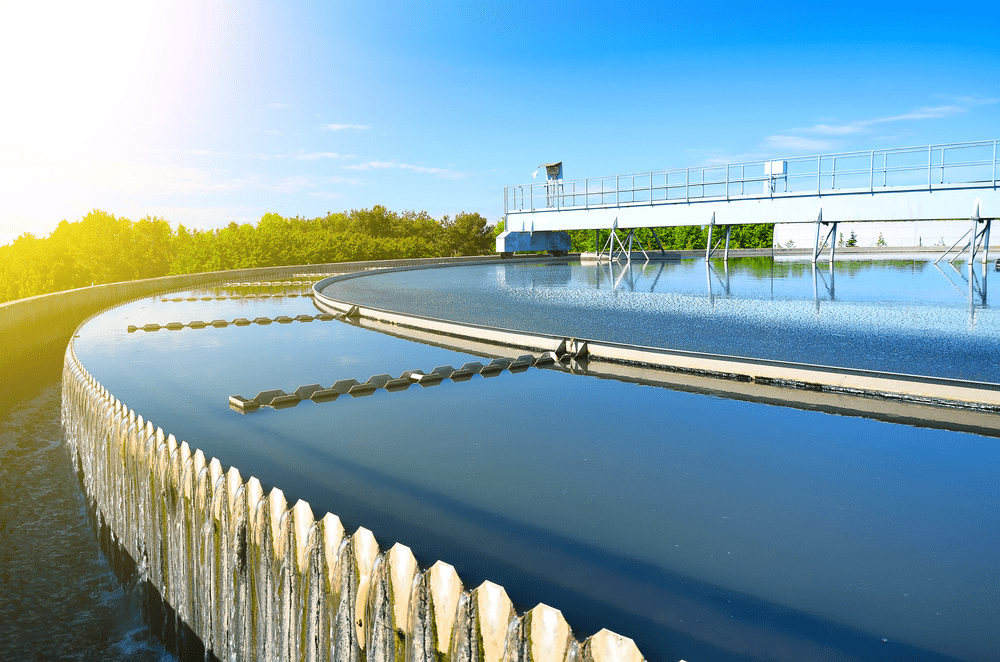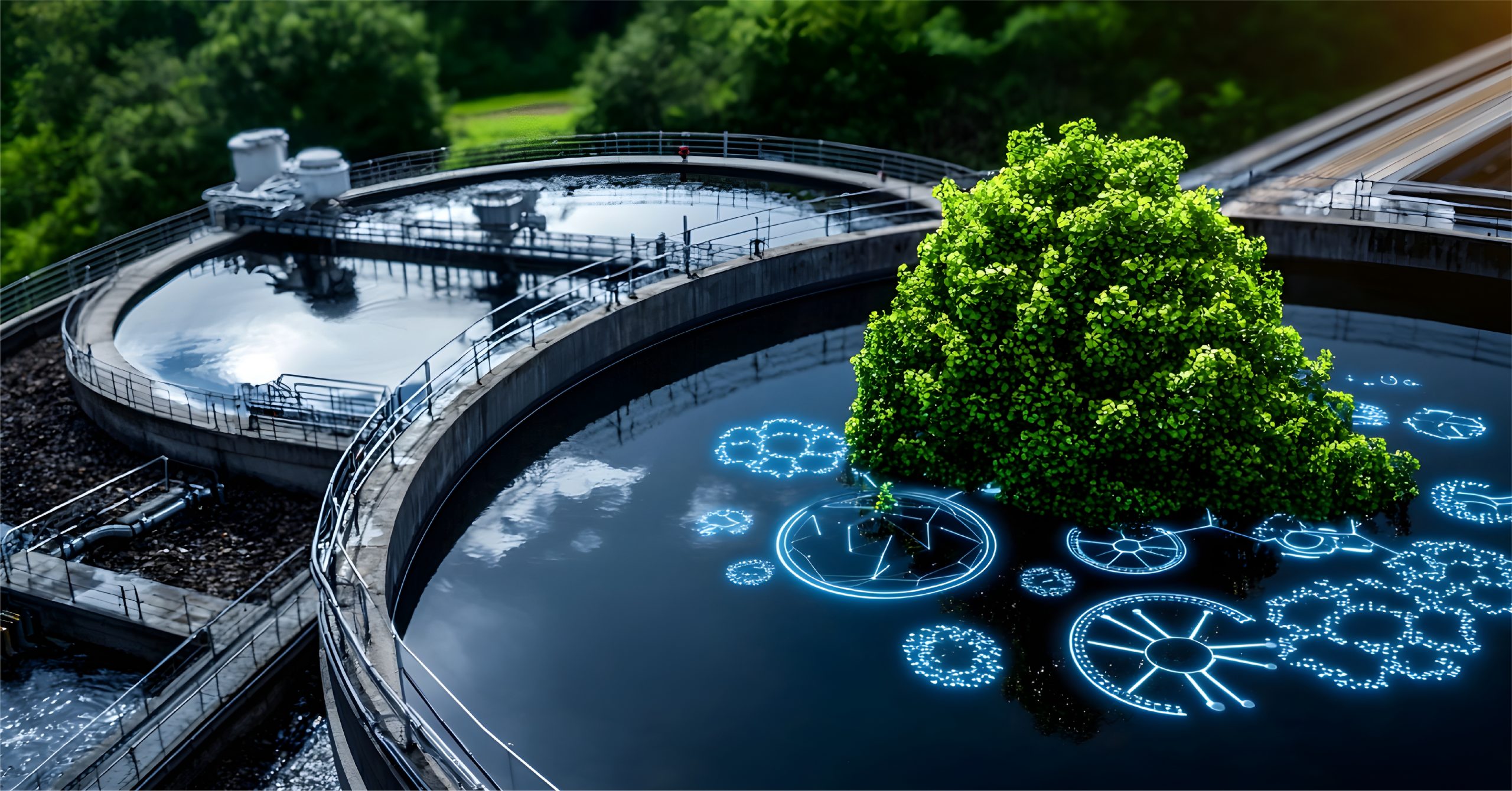The role of water treatment polymer in flocculation is crucial for water clarity.
The role of water treatment polymer in flocculation is crucial for water clarity.
Blog Article
Discover How Water Therapy Polymer Functions to Improve Your Water Purification Process
Water therapy polymers have actually emerged as crucial agents in the realm of water filtration, functioning as both flocculants and coagulants to substantially boost the removal of pollutants - water treatment polymer. By facilitating bit gathering and boosting sedimentation efficiency, these compounds not just improve water quality however likewise simplify operational processes.
What Are Water Therapy Polymers?
Water therapy polymers are specialized chemical substances employed in various processes to improve the performance of water purification and treatment systems. These polymers play an important duty in the elimination of contaminants, including suspended solids, raw material, and virus from water resources. They are typically categorized into natural, synthetic, and semi-synthetic polymers, each with unique attributes and applications.

Water treatment polymers function as flocculants, coagulants, or dispersants, promoting the cluster of particulates for less complicated elimination. Their effectiveness can significantly lower the cost and power connected with conventional treatment approaches, making them essential components in community and industrial water therapy facilities. As water top quality policies become a lot more rigorous, the demand for efficient water treatment polymers proceeds to grow, emphasizing their significance in modern-day water administration techniques.
System of Activity
The system of activity of water treatment polymers includes several crucial processes that improve the elimination of contaminants from water. Largely, these polymers serve as flocculants, advertising the gathering of suspended fragments into larger collections called flocs - water treatment polymer. This aggregation takes place through fee neutralization, where the cationic polymers connect with negatively billed fragments, decreasing their electrostatic repulsion and enabling them to integrate
Once flocs are developed, their raised size and weight help with sedimentation or purification, hence efficiently removing them from the water column. In addition, some polymers might exhibit adsorptive buildings, binding to particular pollutants and boosting their elimination efficiency. This dual action not only improves the physical splitting up of fragments yet also aids in the reduction of dissolved raw material and hefty steels.

Kinds of Water Therapy Polymers
Various kinds of water therapy polymers are made use of in different applications to enhance the efficiency of contaminant elimination processes. These polymers can be extensively categorized right into three major kinds: flocculants, coagulants, and dispersants.

Coagulants, on the various other hand, are generally low-molecular-weight materials that neutralize the fee of colloidal particles. They advertise the development of larger accumulations, which can then be eliminated more quickly. Usual coagulants include light weight aluminum sulfate and ferric chloride, often utilized combined with flocculants to enhance general efficiency.
Dispersants serve a various objective; they stabilize bits in suspension, stopping them from agglomerating. This is particularly crucial in applications such as oil-water splitting up, where it is important to maintain impurities dispersed until they can be successfully removed.
The selection of the proper polymer kind depends on the particular attributes of the water being dealt with and the desired quality of the final effluent.
Advantages of Making Use Of Polymers
Polymers play a crucial duty in boosting the efficiency of water therapy processes, providing a variety of advantages more info here that contribute to boosted functional efficiency. Among the main benefits of using polymers is their capacity to dramatically raise the effectiveness of bit removal throughout coagulation and flocculation. By advertising quicker and much more effective gathering of bits, polymers help with the clarification of water, leading to greater high quality output.
In addition, polymers can improve the sedimentation process, causing minimized sludge volumes. This not just reduces disposal costs yet likewise reduces the ecological effect associated with original site waste monitoring. Additionally, the use of water therapy polymers can result in boosted filtering rates, enabling for much more reliable use sources and decreased functional downtime.
Additionally, polymers aid in stabilizing the water chemistry, which can minimize problems connected to scaling and rust in therapy systems. This stabilization adds to the longevity and dependability of tools, ultimately reducing upkeep prices. Finally, the convenience of polymers enables their application throughout numerous water treatment situations, making them invaluable tools for attaining regulatory compliance and making sure public wellness safety.
Applications in Water Purification

Water filtration procedures make use of a variety of polymers to enhance treatment efficacy and ensure the removal of contaminants. These polymers play essential functions in coagulation, flocculation, and sedimentation, efficiently aggregating suspended particles and facilitating their removal from water. Coagulants, such as polyaluminum chloride, interact with impurities, counteracting their costs and advertising the development of larger aggregates, referred to as flocs.
In addition to traditional coagulants, specialized polymers are used in membrane layer filtering systems. These polymers enhance membrane efficiency by lowering fouling and expanding operational lifespan. Furthermore, polymeric adsorbents are utilized to target details pollutants, including heavy steels and natural substances, supplying a tailored approach to water therapy.
Polymers additionally discover applications in sludge dewatering processes, improving the efficiency of solid-liquid splitting up - water treatment polymer. By boosting the dewatering qualities of sludge, these i was reading this polymers decrease disposal expenses and environmental impact
Verdict
In final thought, water therapy polymers play a crucial function in boosting water filtration processes by acting as efficient flocculants and coagulants. Generally, the incorporation of these specialized compounds is necessary for maximizing water treatment systems and guaranteeing effective filtration end results.
Report this page